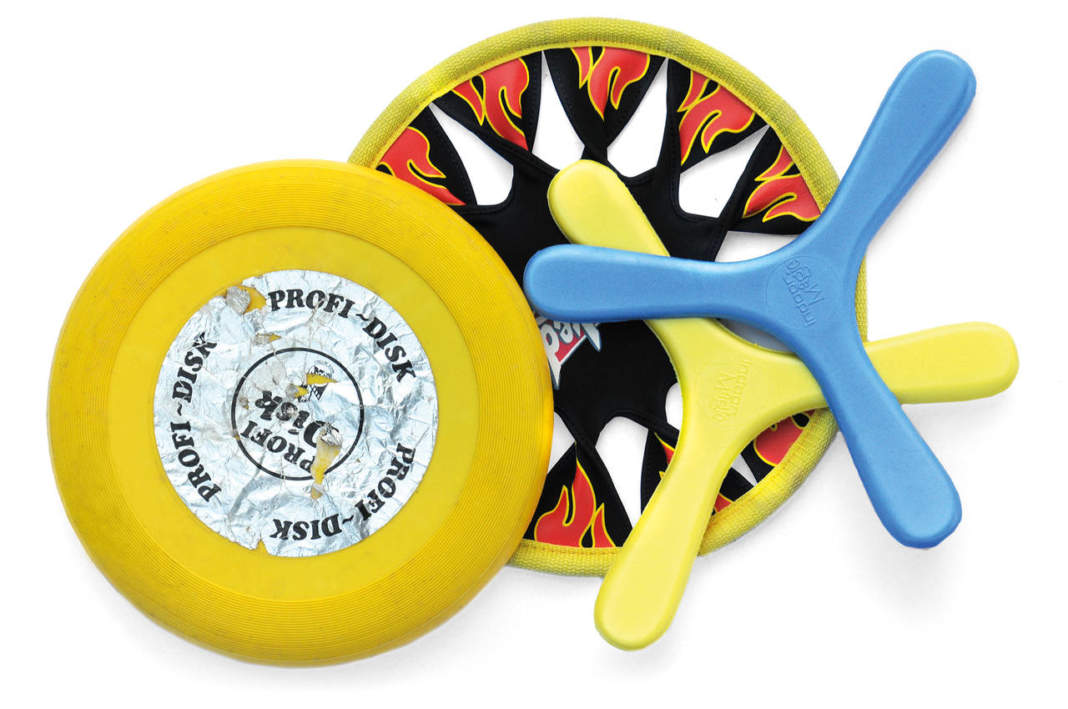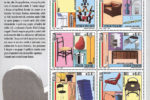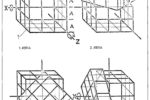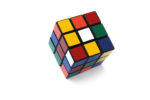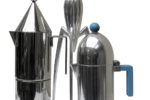Laura Andreini - Once upon a time, design and designers, clearly prompted by companies, created objects that could be defined as “useless”, or better, dedicated to leisure and free time. Objects which seem remote in time and to belong to a lost era. Is society changing or is it the culture of the project, which has modified the aims of one’s own creativity?
Omar Calabrese - The so-called “useless objects” are what the French call “fou-rire”, a definition which gives the idea of diversion as a pastime without links to reality, but nonetheless connected to a physical experience. In fact, if we analyse this theme in brief stages, we must inevitably depart from the yo-yo, a forerunner, the first object that was created from a non-application of physics in the sense of the force of gravity. The yo-yo belongs to the early 20th-century period when there was a diffusion of “useless” objects. We only have to think of the Futurists who invented and designed completely futile objects. This philosophy repeated itself during the 1960s, when consumer goods widened to a younger public with the birth of toys such as the hula hoop, scoobidoo, Frisbee and click clack. Objects without immediate content but with a powerful physical presence, as if the body were strongly attracted to the patient, laborious, delicate construction of objects, devised almost always through the application of principles conceived from a physical paradox. Other inventions of this genre can be traced back to the carnival as a representation of an upside-down world, where everything is absurd and useless, and whose objects possess contradictions within: the greasy pole is greased with oil to stop people from reaching the prizes hanging from it, providing endless fun for the spectators who laugh at the failures of those who attempt to climb it. So games, the carnival-like aspect in general, the paradox within, the impossibility of a successful result in using certain objects, united with periods of industrial revolution and the diffusion of consumer goods, as occurred in the 1960s, were an example of the change in the relationship between the individual and materiality, the freedom of movement of one’s own body. During the late 1980s there was a radical change, because the activity of concentration in relation to a physical action ended with the death of the pinball machine. The evolution of electronics, videogames, no longer defined a panorama of objects but “useless” forms of behaviour, without physical dexterity as a fundamental characteristic of games of previous periods. With the passage from mechanical to digital, the physical element was substituted by the perceptive element and sight substituted physicalness. The last sophisticated, delicate pinball machines gave way to new video games with the birth of a programme called Asteroids, or virtual ping pong, which represented a turning point after which games became increasingly refined and transformed the world of leisure into a purely perceptive act, accompanied by reflexive and sedentary concentration.
L.A. - So “useless” objects no longer exist?
O.C. - There is no longer a physical sensory element linked to the fulfillment of particular actions and movements. Nowadays, the sensory element has become a fundamentally visual prerogative, an extreme landingplace at the end of a uphill climb that began with the modern era; as Foucault theorized in “Le parole e le cose” starting from the late 1500s, what occurred was a hierarchization of the five senses beneath that of sight. It is in this direction that current times appear to have already reached the end of this path.
L.A. - Objects for fun and leisure were mostly the result of an anonymous design produced directly from industry. Perhaps cultured design has always neglected this field?
O.C. - Popular production often presents us with objects with fantastic designs, but which have no author, for instance, the glass milk bottle whose designer is unknown; pop consumer goods are on the whole a great technical, non formal invention, in other words, form follows function without an idea of aesthetic design or of consequent stylistic code. Moreover, popular objects are very often so cheap that designers are not generally interested in designing them. Some companies have shown interest in these types of domestic gadgets like for instance Alessi, in whose museum it is possible to admire tiny design objects at affordable prices, though still very high in relation to the materials used. Design linked more to an ornament, a genre of borderline, generally kitsch objects, which try to imitate something artistic, created on a much smaller scale, to be used to fill the spaces in one’s home. When Alessi started to produce Aldo Rossi’s coffeepot, we were in the mixed ambit of semi-ornamental and semi-useful objects, a sort of contradiction. Rossi’s coffeepot and Starck’s citrus-fruit squeezer are substantiated by the element of paradox, a productive and creative line that of Alessi, where the radical designers wanted to express a joke, irony, exaggeration, and this is where other authors became involved, such as Alessandro Mendini, French and Catalan designers, and later the likes of Giovannoni and Venturini. In any case, going back to the theme of leisure, the advent of electronics has ferried pastimes to the world of virtuality, depriving it of material objects which contrarily remain solely for sports activities, where you can find roller skates or tennis shoes that possess a clear designer imprint.
L.A. - In relation to the period starting from post-war years through to the 1980s, traditional hobbies have fallen by the wayside, such as stamp collecting, model trains and many other DIY activities. Evidently, electronics imposed a direct interruption between the game and its construction.
O.C. - In truth, collecting continues to exist to this day. They are simply more functionalized. Stamp collecting was something we learnt at primary school. I recall Mondadori publishing a stamp collecting album that could be purchased at the stationer’s; nowadays collecting is more specialized, but the national association of philately still counts a very high number of registered members, even though the activity is now performed on a professional level, more linked to the market, a tendency typical of the world we now live in: profit, gain, investment. We are witnessing the falsified transformation of the spirit of capitalism, where the success, or better, the appearance of success which is measured in terms of money, becomes an essential characteristic. Everything comes to form a part of a world aimed at a positive outcome that is both economical and immediate; this is why falsification has increased. Modern forms of collecting are now practiced through internet, where it is possible to download picture-cards, film posters, jingles and screensavers. It is a new form of collecting, linked to electronics and virtuality, which gives a spirit of greater accessibility to things. We must therefore recognize that there is a coté of research into freedom, which should not be completely disdained.
L.A. - Daniel Mothé, author of the essay “L’utopia del tempo libero”, claims that contemporariness has eroded the spaces and free aspects for leisure time, by privatizing or making costly activities that were once free of charge or very cheap. Within this scenario, television, the screen in general, appears to have remained the only free available object for daily relaxation, but this obviously transforms the subject from active to passive. Thus going to see a football match, a night out at the theatre or cinema has become an increasingly rare event, reserved only to people who can afford this kind of “non virtual” diversion. So the majority of the population inhabiting today’s metropolises are left with a sofa as a place from which to observe changing scenarios and in which they may participate without investing money, but are they just mere spectators?
O.C. - Nowadays, huge amounts of free time have been transformed into ostentation time, in which actions are only fulfilled with a view to exhibiting oneself; this results in the need to dedicate a quantity of time and money to preparing one’s body in order to display and propose one’s own image according to pre-established canons: gyms, fitness centres, various exhibitionist gadgets, clothing. So there is a kind of extension of pre-free time to get ourselves ready to socialize; formerly, we would go out to see friends and do things while today there is collective free time of ostentation and individual free time spent preparing to exhibit oneself. We spend time getting fit but not with a view to being healthy. The body is merely an instrument, as we can see in sport where doping has become common practice, since what counts is the result and the body is purely an accessory used in order to succeed. The body has become a sort of mannequin needed to don designer clothing, to exhibit as an object, or to adorn with tattoos and piercings, practices which inevitably lead to a loss of sense. They are the consequences of a push beyond the limits of the spirit of capitalism and I believe that we are witnessing a transformation which deserves more reflection than we are currently giving it.
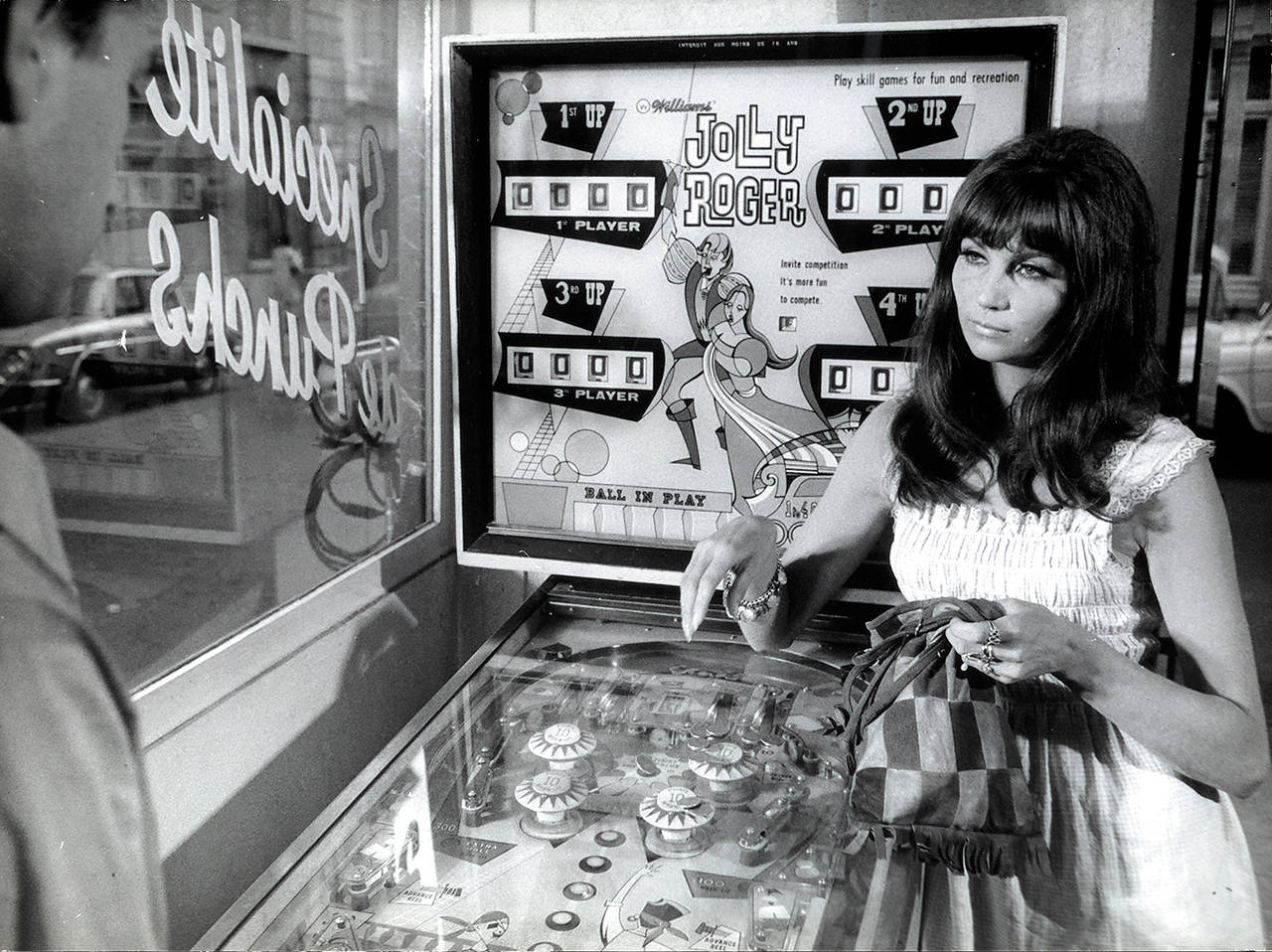
L.A. - Nevertheless, paradoxically the financial crisis and rise in unemployment should free up time and the request for more economical objects and places of leisure. Must we therefore hope for an economic catastrophe in order to have more free time at our disposal?
O.C. - The liberation of free time is a converging concept, which derives from the most important theorists of modern capitalism and from the most Marxist part. Its original theorist was Henry Ford, who understood how it was necessary to give his factory workers free time so that they could “consume” the internal market, just as Frederick Taylor did, to whom we owe the invention of the assembly line, which facilitated and saved a period of time that could, in turn, be transformed into the possibility to consume, with a view to closing the economy’s production cycle. For left-wingers, the liberation of free time corresponded to that of people who can think about themselves and the public, therefore capitalist and anti-capitalist theories were already converging on this theme as early as in the 1920s. If we observe what is happening in the world through a vision totally linked to the logics of capitalism, we realize we have reached the end of a cycle because giving a worker free time without sufficient financial compensation causes a block in the internal market, resulting in the immediate halt of the entire system. The apocalyptic aspect of this situation involves all ideological points of view and it is astonishing how those who should be defending the capitalist system, centred around democracy, do not intervene, almost as if there were a terrible impulse for society to self-consume, a paradoxical self-destruction. Perhaps for designers, it is an opportunity to go back to “arte povero”; it is an old story already theorized in the 1970s by Enzo Mari, a frontier which could also be real, effective. There are companies in Italy (abroad they are even more widespread) dedicated to the collection of reusable materials such as glass, iron and steel. Instead of re-purchasing those materials as raw industries do, in order to re-manufacture, it would be better to produce something alternative through direct reuse, just as artists do in fact. One of the most fashionable tendencies at the moment is recycling art, which in actual fact dates back to artists such as Arman and César, a very widespread practice in the art world, which could represent an interesting prospect in the field of design as well. An excess of consumption has caused a colossal increase in the production of objects, from which has triggered an economic element visible to everybody, that is, the cost of their elimination; the reduction of the park of objects is perhaps a theme which should be tackled by designers. A Utopian theme that was already existing, but which we could work on today. The highly sophisticated modern technology is completely hidden and very often if an object breaks it is impossible to repair it. There is no longer space for Gyro Gearloose, only for Donald Duck: we touch things, we break them and we throw them away. The durability of objects has also radically changed. The first television set bought by my father in the fateful year of 1954 lasted until 1972, when it was substituted by a colour tv. Over subsequent periods, television sets have had an average life span of 5 years, and this is precisely why almost all countries are forced to abide by laws regarding the return of used products, norms which represent just a timid beginning, since the problem of refuse disposal has become a burden for social costs and at the same time an important mafia practice, because, as we know, the theme involves dumps, commissions, contracts…I believe, moreover, that nowadays there is an evident feeling of uselessness in oneself, a great mass frustration, because the mechanism of success without merit is affirming itself, a result which inverts the principles at the root of capitalism. In this spirit of success without merit, frustration increases because everything is purely linked to luck and people therefore avoid the problem of having to build their own future on their abilities, as Max Weber would say. This concept of mass frustration triggers many social perils. Even politics appear to be transformed into a vendetta. Sarkozy accused 1968 of all the evil in the world. 40 years have now passed since then, the same length of time his generation is from the 2nd World War. Nevertheless, we hear the same words from right-wing leaders Berlusconi, Karamanlis and Bush, but the same things can be heard from left-wing leaders if we listen to the words of Zapatero, Brown…The idea of vendetta as redemption from a feeling of uselessness in ourselves has general social consequences and specific social consequences in the political ambit, since in all countries we aggressively go to elections as if we were in a civil war. Mass frustration is caused precisely by the realization that we are in fact the useless object and this I believe is the foolishness of the modern world.


